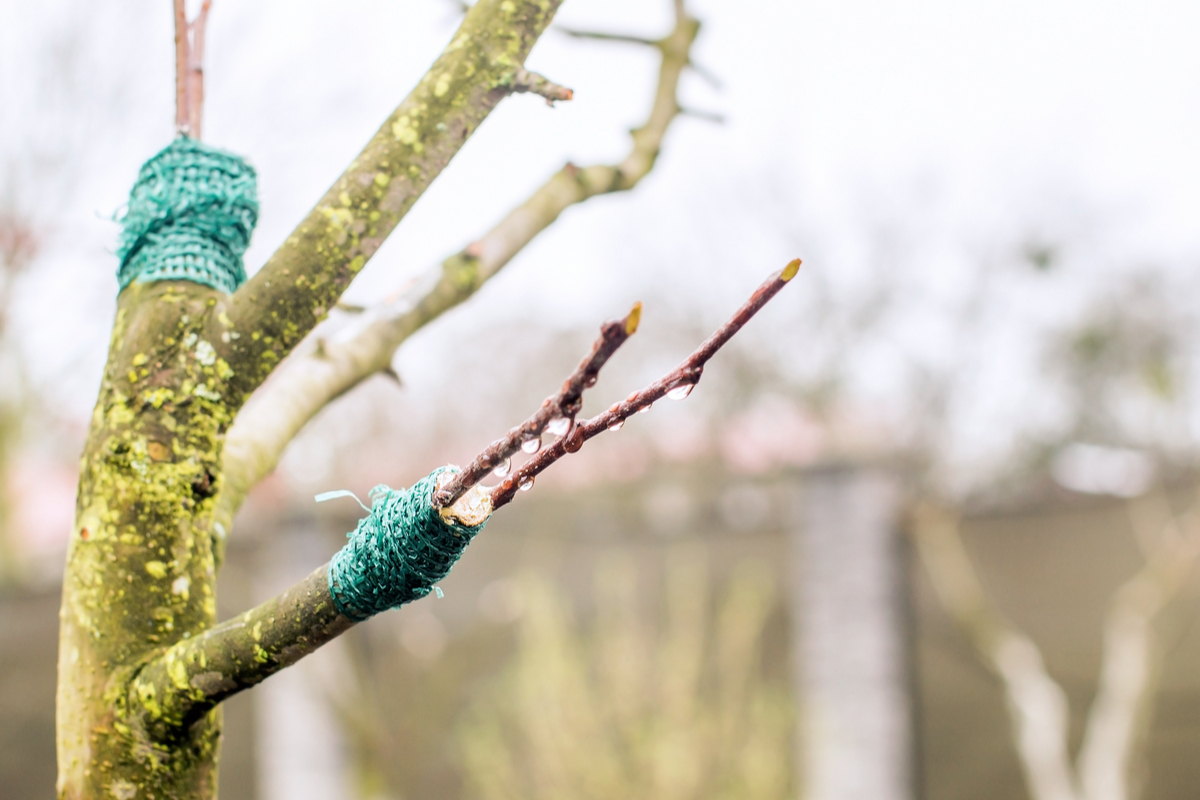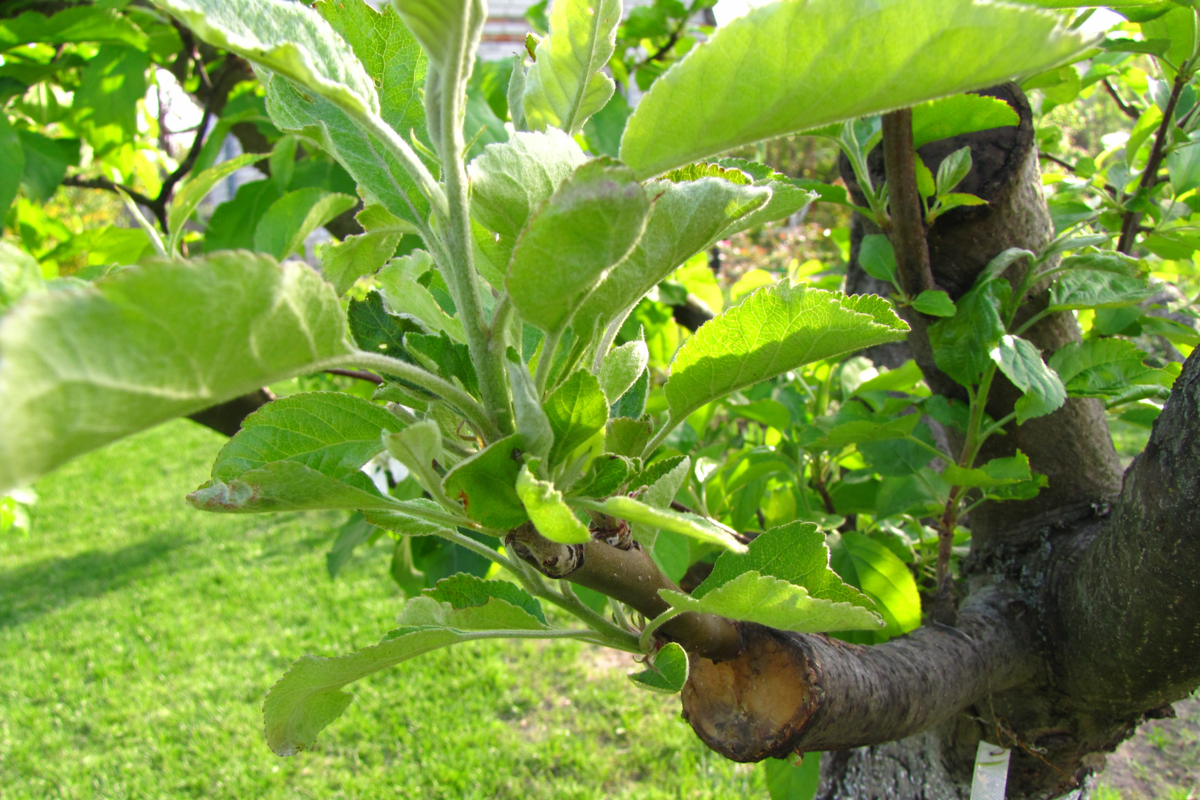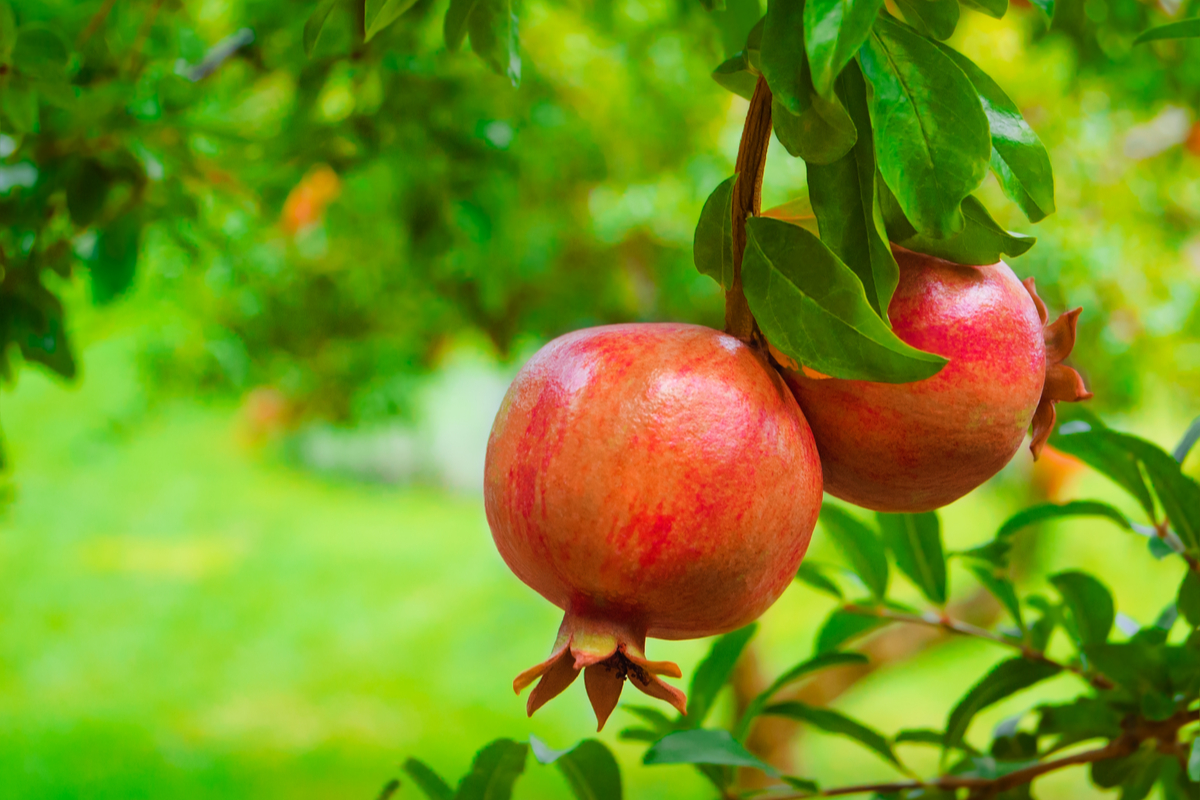Who doesn’t love fresh fruit? The freshest fruit, of course, is homegrown. You don’t have to deal with grocery store prices, but instead can have as much fruit as your tree can produce! If this sounds ideal to you, there’s one important process you need to know about before you start your personal orchard — and that’s grafting!
What is grafting?
Grafting is the process of taking a piece of one tree, typically part of a branch, and attaching it to another tree. Grafting allows the parts of the trees to grow together, so that they physically become one tree, although they may be genetically different trees.

Grafting can be done with many types of trees, and even some non-tree plants. It’s especially useful for protecting plants from disease. For example, European wine grapes suffered from a pest called phylloxera, an aphid that eats roots, to which native North American grapes were resistant. The roots of the North American grapes were sent overseas in the 1860s and grafted onto the European wine grapes, granting them resistance. However, this is not why most people graft fruit trees.
Why do people graft fruit trees?
Fruit trees have an interesting quirk when it comes to cross-pollination. The results of the cross-pollination show up not in the fruit of the first tree but in the seeds inside that fruit. So while you may have a tree that reliably produces fruit that is exactly what you expect, a tree grown from the seeds of that tree may have some surprises.
That can lead to some very interesting and exciting fruit, to be sure, but it can also lead to disaster. It’s very unpredictable. If you’re trying to grow a specific variety of a fruit, for example, and some of your trees are growing a slightly different variety of that fruit or have lost crucial resistance to disease or weather, then this can be a frustrating quirk.

Grafting fruit trees, however, is more reliable. Since the grafted tree is technically the same as the first tree, you can be sure that it will produce fruit that is the same, and that it has all the same resistances. Grafting can also, in some cases, allow you to grow a single tree that produces multiple types of fruit. Although not all fruits are compatible with each other in this way, it’s still a pretty neat thing to do and is certainly a conversation starter.
What are the pros and cons?
The pros of grafting are that your fruit is reliable. You can, with a reasonable amount of certainty, know what your trees and the fruit they produce will be like. You know when the fruit will be ready for harvest, what size it will be, even what it will taste like. You can even predict how big the tree will get.
The only really major con for grafting is that if a pest or disease comes through, it could potentially affect all your trees at once. Genetic diversity is a good thing; it helps populations survive events that they might not otherwise. If all your fruit trees are grafted, and they’re all the same tree, then a disease or pest that may have just affected that one tree is now affecting all your trees.
The easy way to circumvent this is to diversify what types of fruit you grow. Instead of growing all Granny Smith apples grafted from a single tree, grow a few different types of apples from different sources.

How do you graft?
There are a few different ways to graft trees, and it’s important to find a method that works well for you. You may even want to go to a local nursery for more specific advice, as they will know what trees work well in your area and be able to give you tips on grafting them.
Here are a few important things to keep in mind when starting out, regardless of what method you use. First, take your cuttings during winter, when the tree is dormant, to avoid harming it. Wrap your cuttings in a moist material, such as burlap, and seal them in a resealable bag. Store them somewhere cool until spring, when it is easier to graft.
Make sure both the tree you are grafting from and the tree you are grafting to, called the rootstock, are compatible. Not all trees are compatible with each other, so for a successful grafting choose your rootstock carefully.
Now you’re on the right track to grafting your trees! But before you take action, you just might want to take a second to learn about the best time for grafting trees. Nevertheless, no matter why you want to do it, you’ve started down the path to delicious, homegrown fruit.



